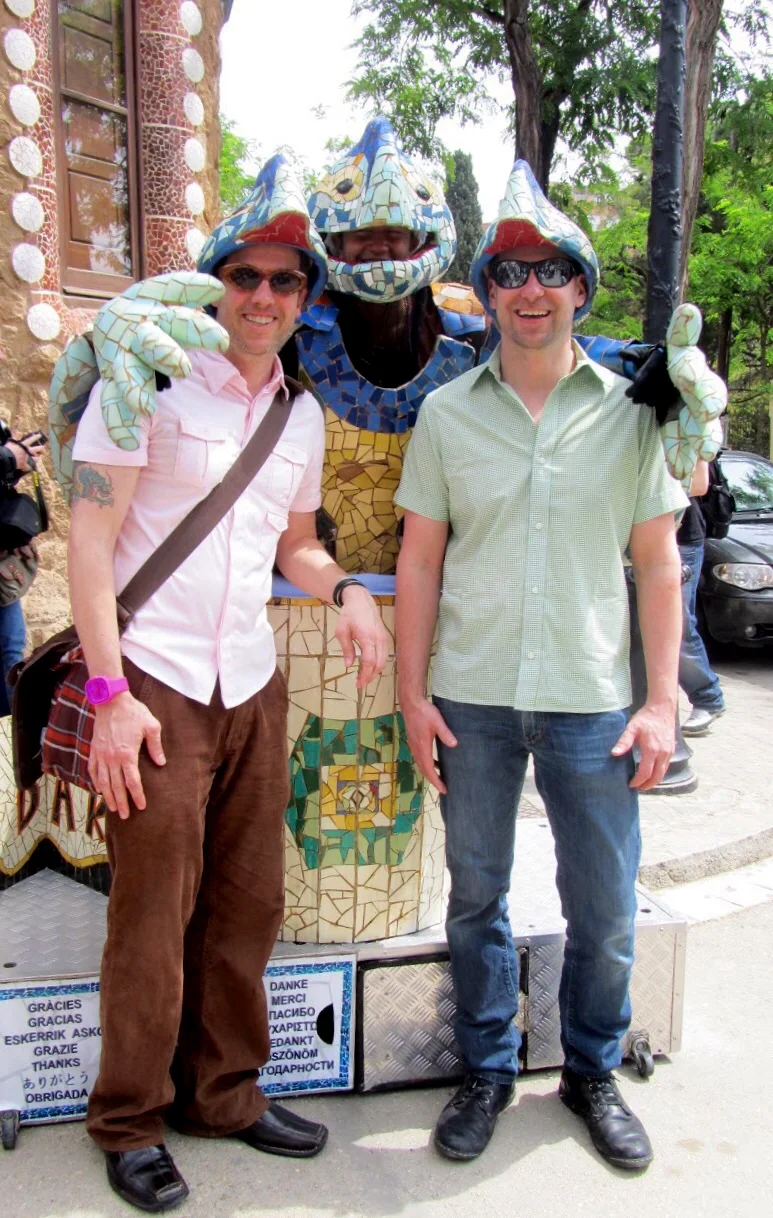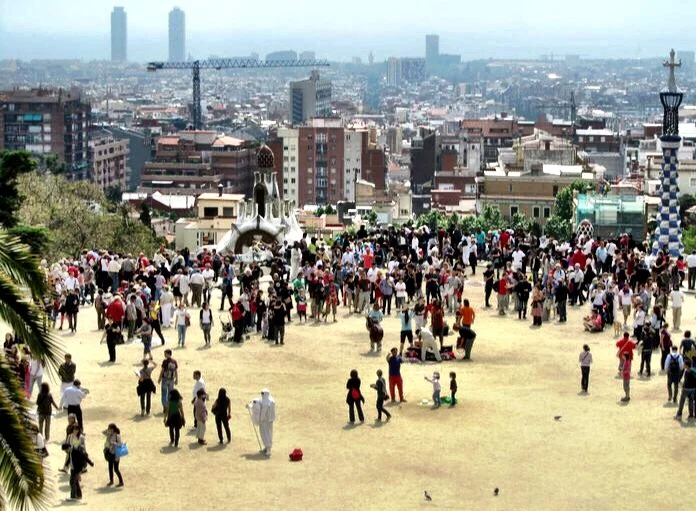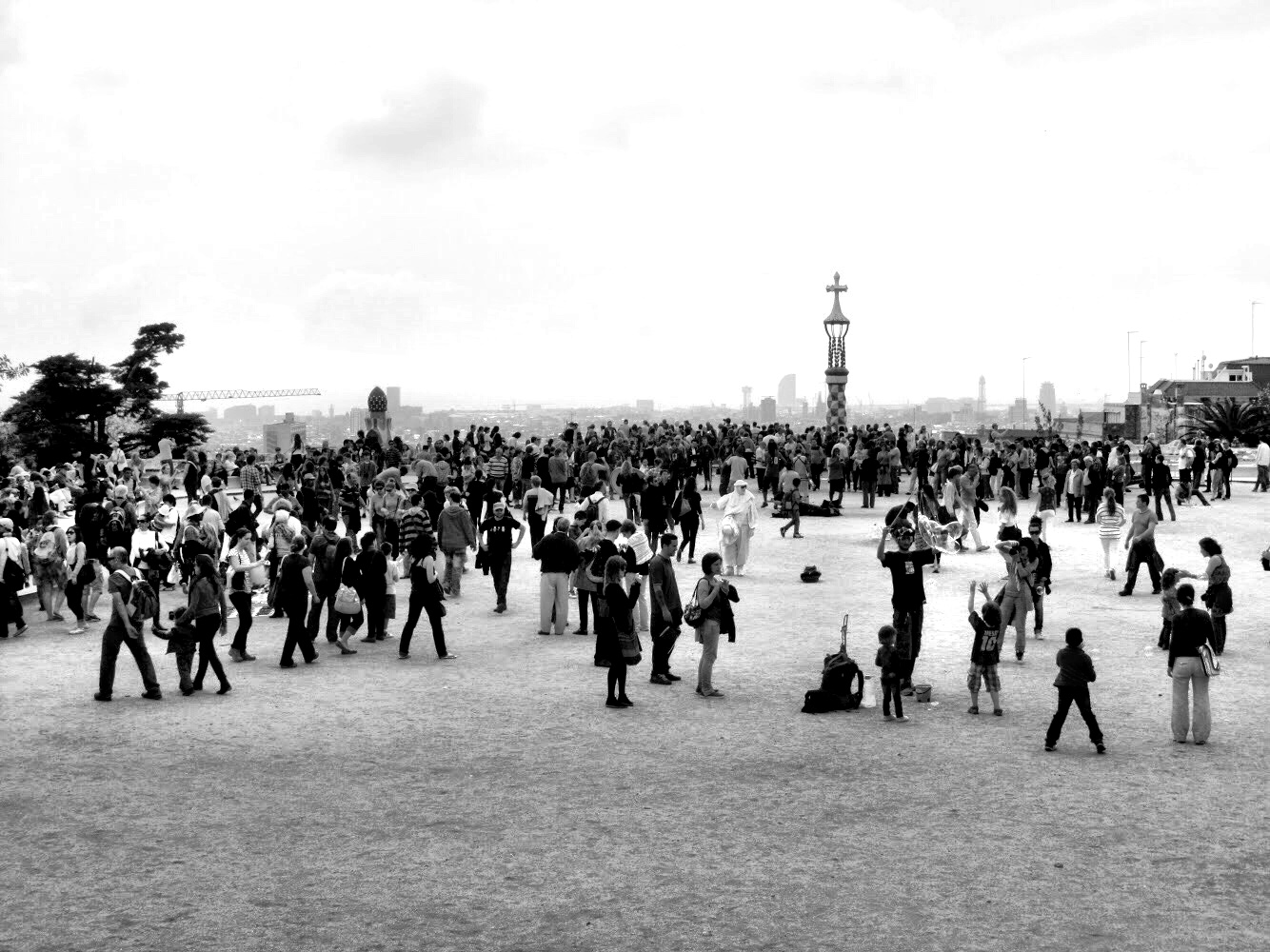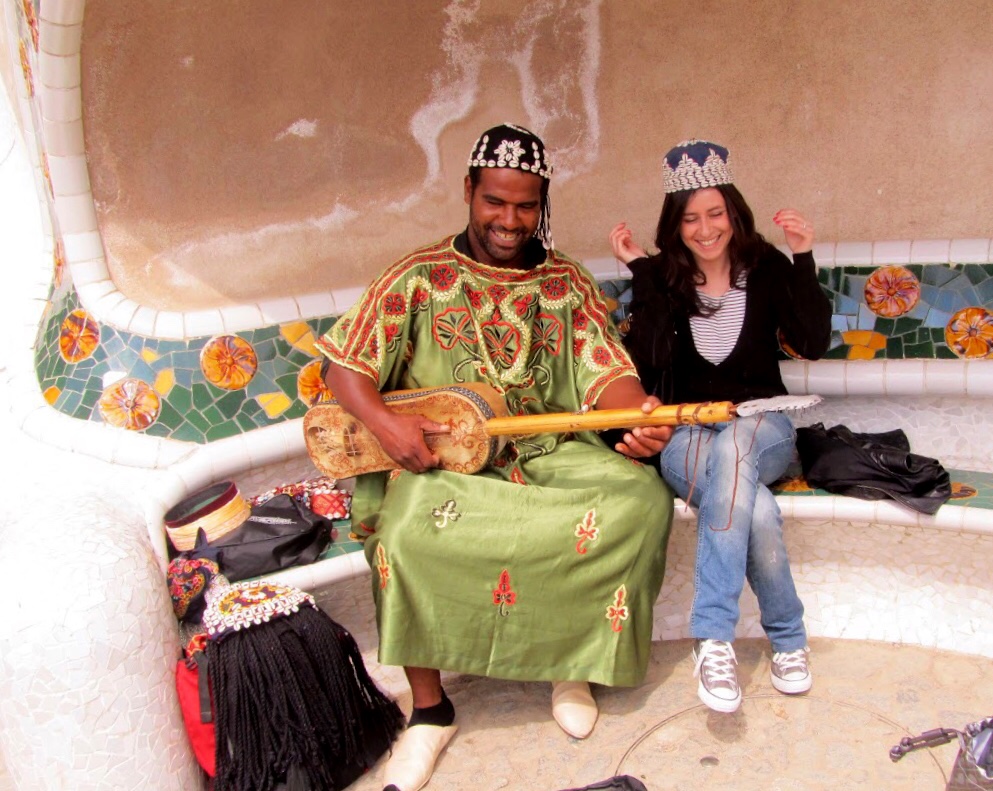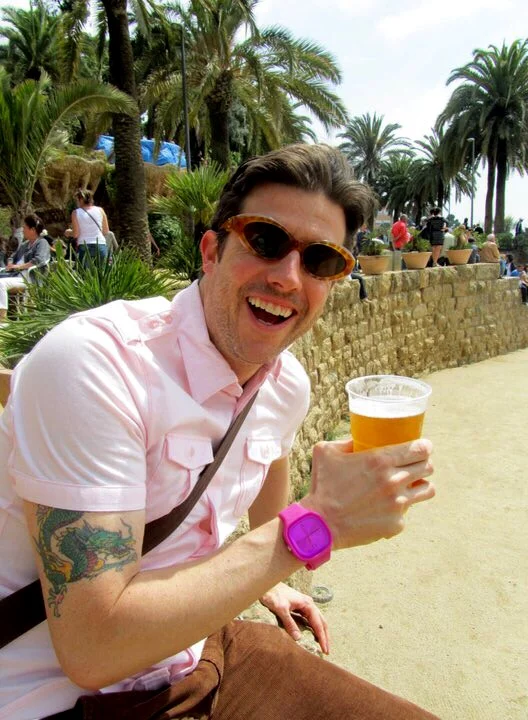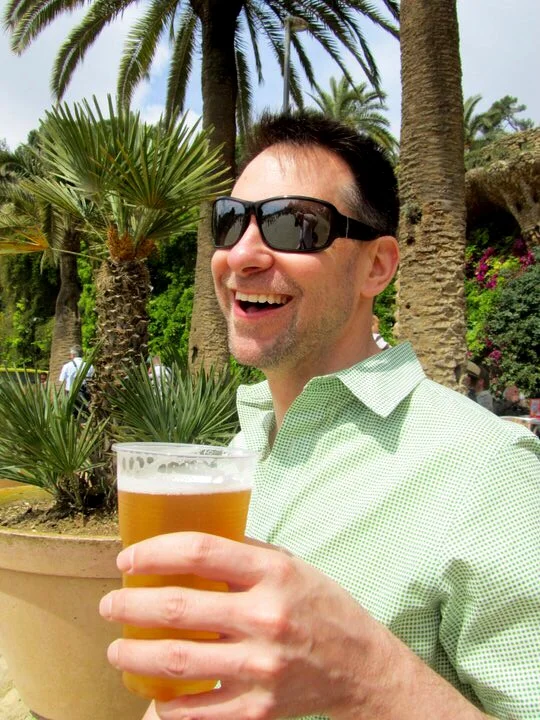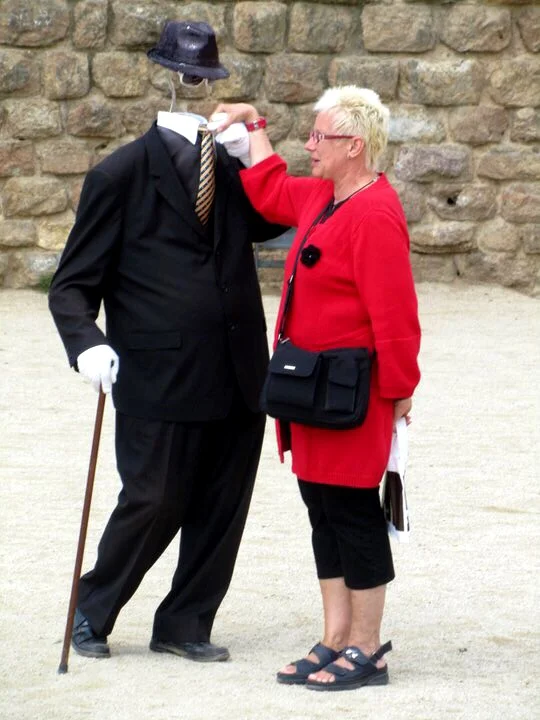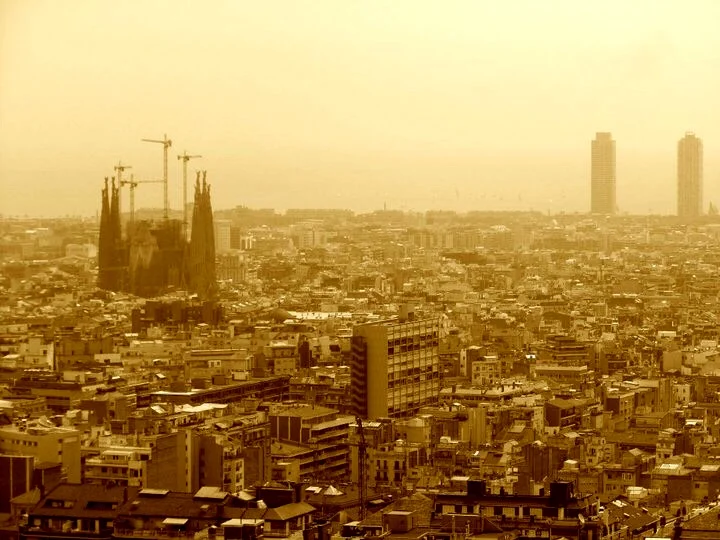If this colorful city park overlooking Barcelona is what failure looks like, sign us up!
The colorful curves of Park Güell are like something out of a Dr. Seuss book
When industrialist Count Eusebi Güell needed help transforming Montaña Pelada, Bald Mountain, into a one-of-a-kind residential enclave, he called upon his friend Antoni Gaudí. The two shared similar ideological beliefs: Gaudí was a spiritual man whose distinctive style was influenced by his great appreciation of nature as God’s creation. His structural forms mimicked the natural world and imbued life into his architectural masterpieces.
That collaboration led to Park Güell, which was not originally designed to be a municipal park. It was conceived as a luxury residential development with 60 plots just to the north of Barcelona’s city limits by Güell, who made his fortune from the textile industry.
Güell, whom the park is named after, was inspired by the garden city movement popularized in 20th century England, which is why the English word Park was used, rather than the Catalan equivalent, Parc.
He commissioned Gaudí, the Catalan architect responsible for some of the Barcelona’s most iconic landmarks, to create the parklike neighborhood. Gaudí made the most of the site’s uneven terrain, using organic shapes paired with symbolic references to Christianity and Catalan nationalism shared by his patron, Güell. Immediately noticeable when you enter the park is the administrator’s building, with its towering blue and white chimney topped with a gothic cross flower.
The administrative building and caretaker’s lodge are two gingerbread-like houses on the park grounds
Making an Entrance
Wally and I arrived at the park early in the morning and were easily able to purchase tickets, which are limited to 400 people every half hour, to avoid overcrowding. A full price ticket costs 8 euros (or 7.50€ if you purchase them in advance here).
The park is limited to 400 people every half hour
Just inside the entrance are a pair of whimsical lodges that look like lifesize gingerbread houses from the fairy tale “Hansel and Gretel.” These structures, known as the caretaker’s lodge and administration building were designed to attract potential investors. The caretaker’s lodge includes an imaginatively embellished cupola, decorated with upside-down white ceramic coffee cups and supposedly was Gaudí’s way of telling the world he had giving up drinking coffee.
We paused to take a photo with a man dressed as the park’s mascot and symbol of Barcelona, the multi-colored mosaic gecko, known as El Drac, the Dragon (for a small fee, of course).
Wally and Duke pose with El Drac, the park’s reptilian mascot
Immediately before us was the magnificent grand staircase. A riot of color, its balustrade and steps are covered with shards of ceramic tiles using a technique known as trencadísis, popular with the Modernisme movement. These fragments were discarded at a nearby factory and selected with great care. The predominant blue, yellow and green tiles symbolize faith, hope and charity, and each fragment is no more than 8 to 10 inches in size.
A mosaic sculpture of El Drac, Gaudí’s gecko — now a symbol of Barcelona
Perched at the base of the steps is a depiction of the beloved El Drac, created with frequent Gaudí collaborator Josep Maria Jujol. It’s plausible that Gaudí’s obsessive use of this mythological creature in his designs was influenced by his devout Catholic faith — in particular, the legend of St. George and the Dragon, symbolizing the struggle between good and evil. The likeness of the iconic El Drac is a popular souvenir choice from Barcelona, and you can purchase a variety of items inspired by Gaudí’s gecko throughout the city.
The square above the columned grotto gets crowded with all sorts of interesting people
The Hall of 100 Columns
After climbing the first flight of steps, Wally and I entered the Sala Hipóstila, Hall of 100 Columns, referred to by Gaudí as the Greek Theater. The pavilion is a forest of 86 columns in the Greek Doric style, mimicking trees, made of mortar and rubble simulating marble. Each of the columns leans slightly and supports the upper plaza terrace above. Rainwater is filtered through the layer of stone and sand from the terrace square and runs through drainage pipes ingeniously concealed within the columns to be collected in a cistern below.
Amorous couples, tourists, kids playing ball and street performers all gather in Park Güell’s piazza
The entire ceiling consists of domes covered with white trencadís as well as brightly colored mosaic circles representing the four seasons and the lunar cycles.
Although this room was originally designed to hold the community’s market, today it is often used as a concert hall, due its impressive acoustics.
An African man in traditional garb and his new friend test out the aucustics of the Hall of 100 Columns
The public square, an open earthen terrace, located above the hall is framed by the Banc de Trencadís, a mosaic-tiled bench curving sinuously around its perimeter.
The undulating Banc de Trencadís is a great place to look out over the city
Wally and I stopped at the kiosk and purchased a couple beers. We found a shady spot to sit and take in the spectacular view of Barcelona before us, with the amazing La Sagrada Familia church, still under construction, in the background.
Wally couldn’t believe they sold beer at the park
Duke says, “Salud to España and Gaudí’s fun aesthetic!’
Incidentally, it’s also a great place to people-watch, and we dubbed one of the visitors Catalan Mema, as she was petite and quirky and had a shock of short white blonde hair like my mother. She was also having her hand kissed by an invisible man. Only at Park Güell!
The park is full of colorful characters, including a woman who resembles Duke’s madre — and her invisible man suitor
The back of the terrace is formed by a row of stone viaducts, remnants of the project’s original design, intended to provide residents access to their individual plots of land.
By 1914, the project was deemed a commercial failure: Not enough people wanted high-class housing so far from the city center.
Barcelona — including la Sagrada Familia Church — stretches out below the park
All that remained were the buildings described, as well as an irrigation system and meandering paths created by Gaudí in his inimitable manner. Guëll convinced Gaudí to purchase the park’s model home, designed by Gaudí’s assistant and friend Francesc Berenguer.
Despite its failings as a housing complex, the city purchased the estate in 1922 for use as a public park. But it wasn't until Gaudí’s death in 1926, that Park Guëll officially opened. If you’re visiting Barcelona and looking for an enchanting place to spend an afternoon in this remarkable city, look no further than this surreal architectural landmark. –Duke




